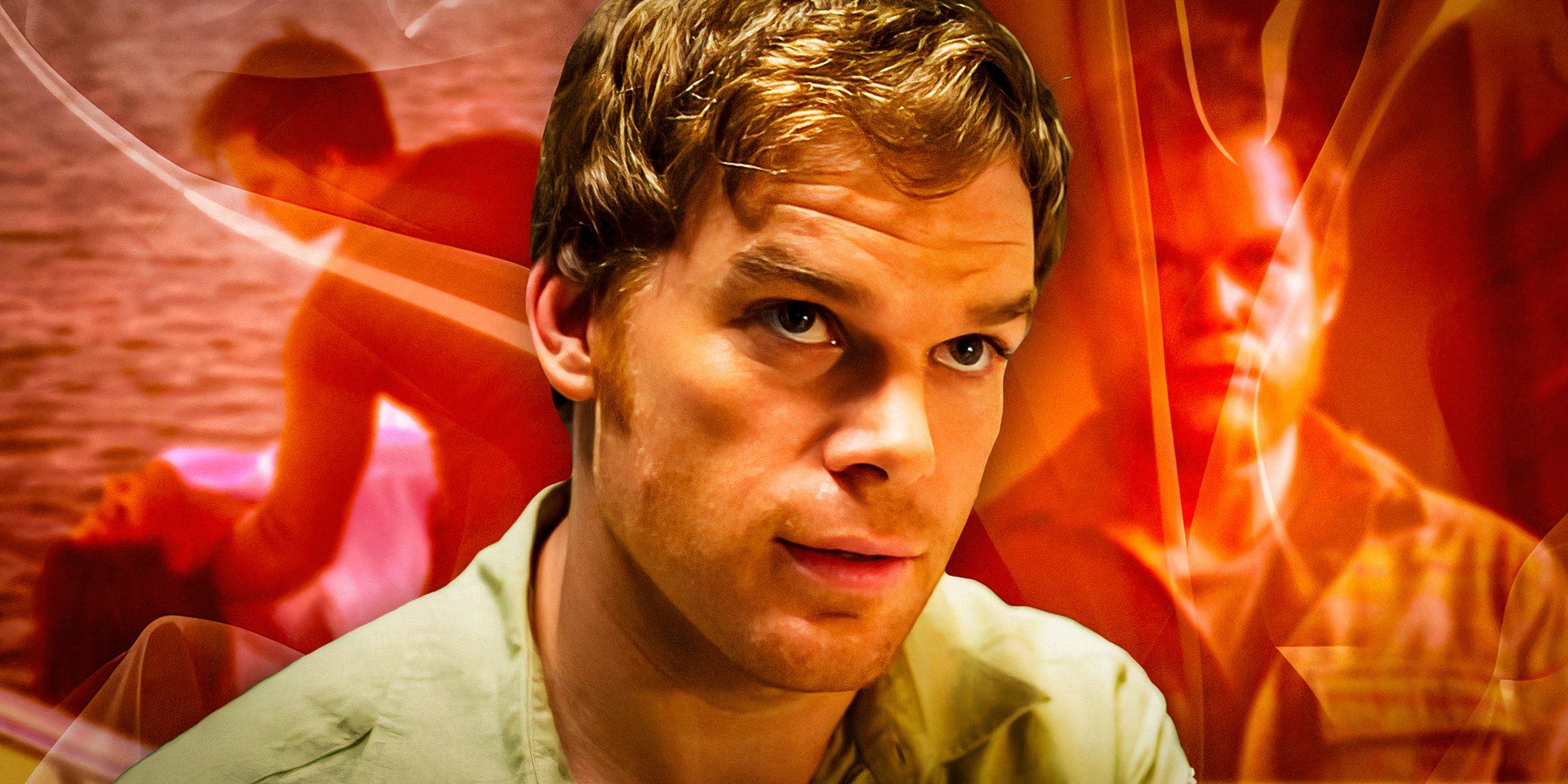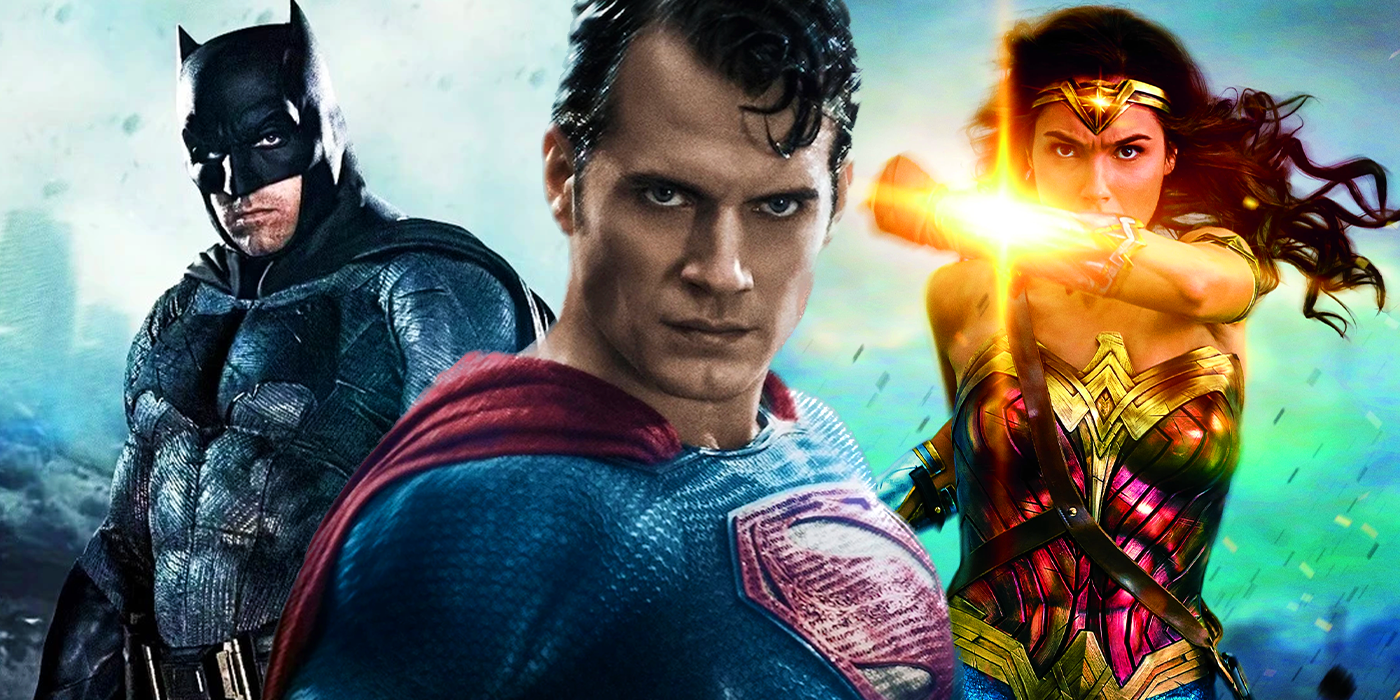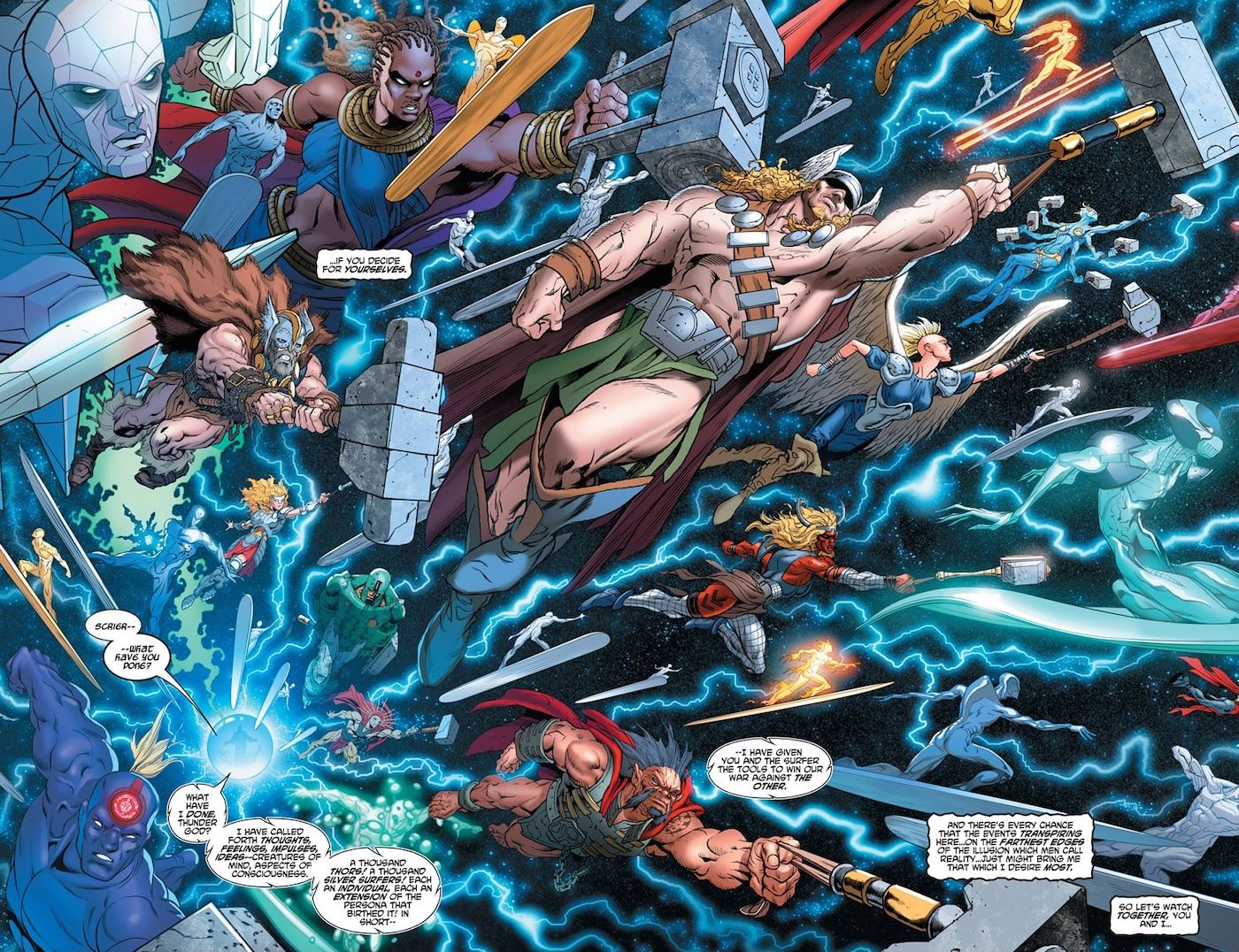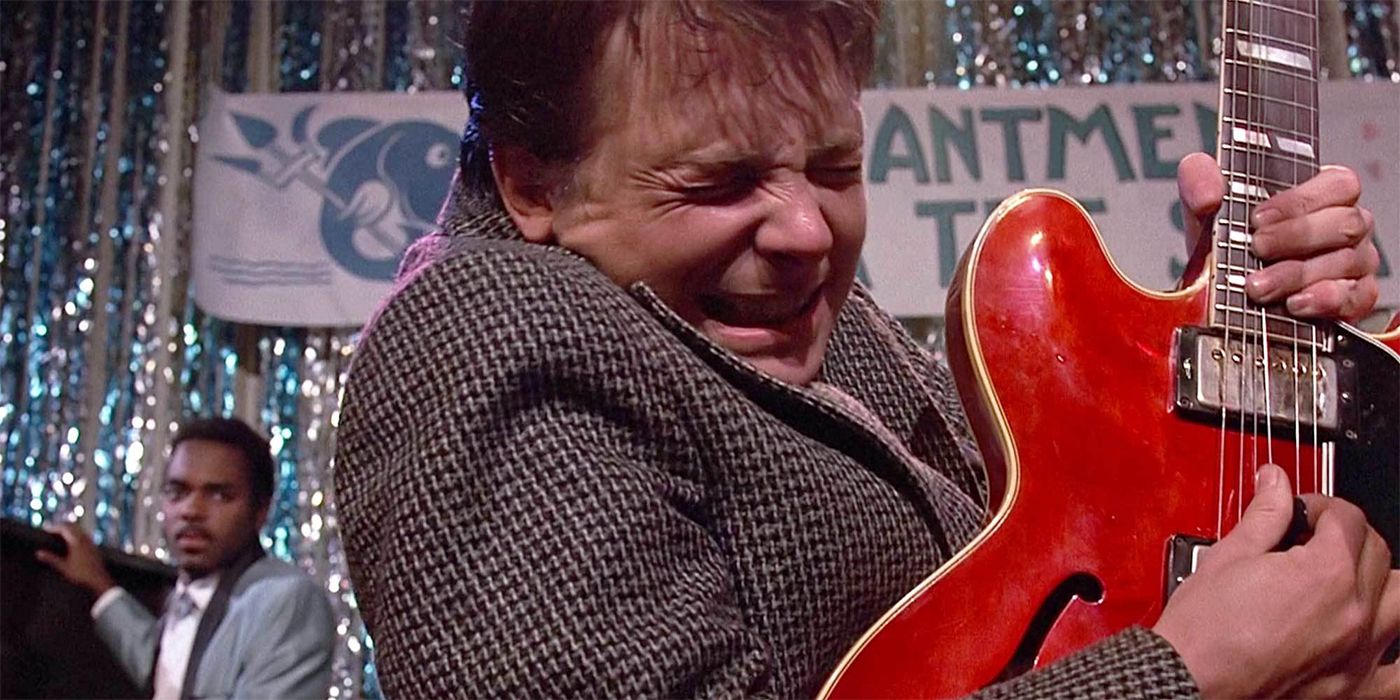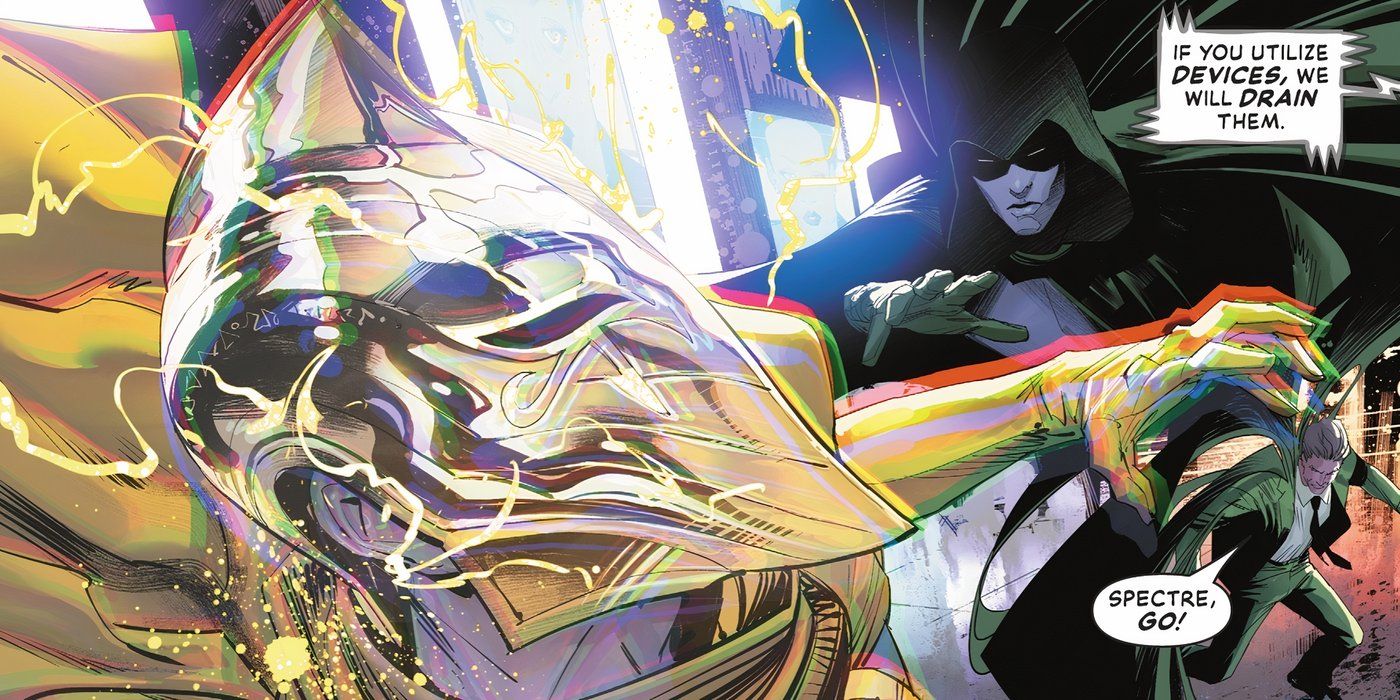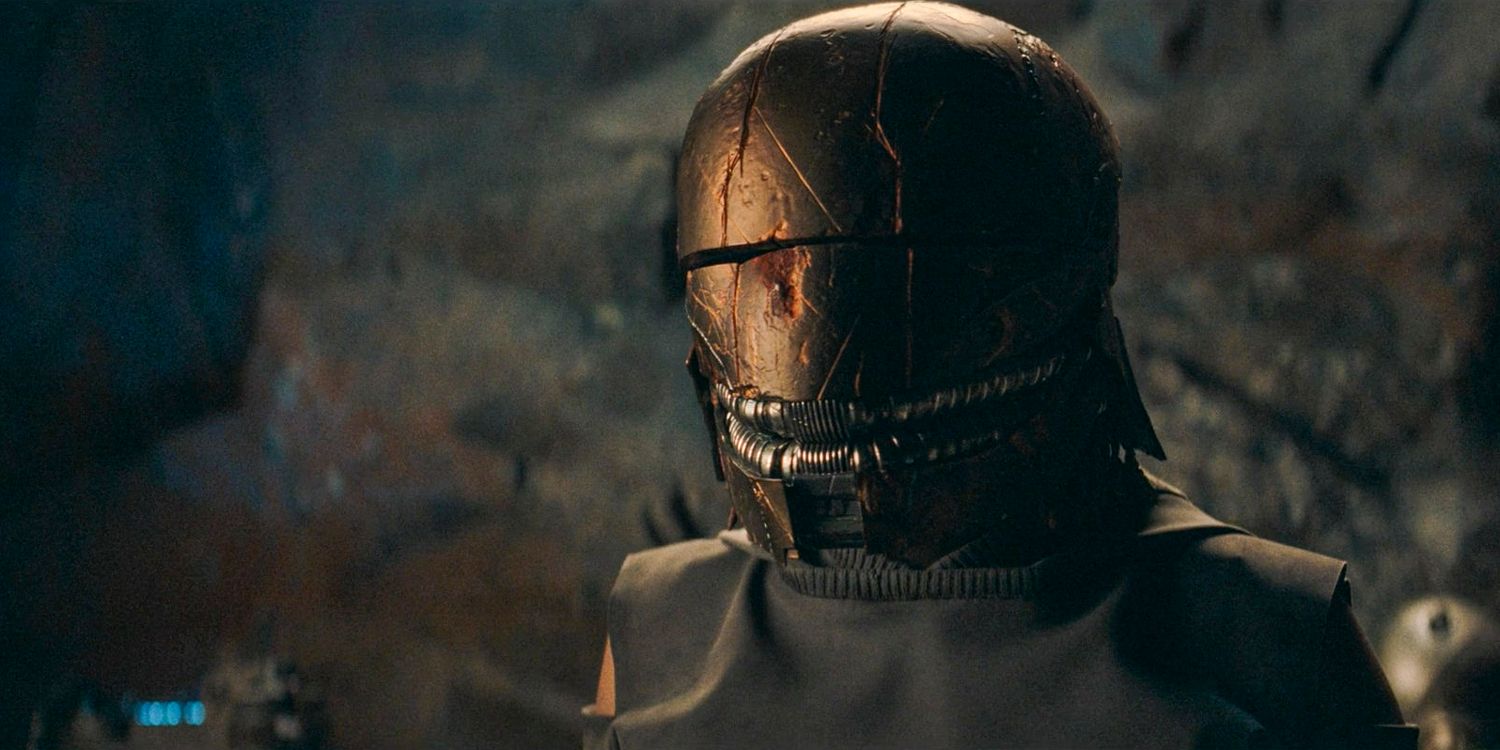Warning: The article contains spoilers for The Last of Us episode 7
The Last Of Us creator Craig Mazin explains how the show’s timeline shapes Ellie and Riley’s relationship. The Last of Us introduced Riley, played by Storm Reid. Riley featured in Ellie’s life while she was at FEDRA school, before meeting Joel. A friend whose rebellious nature exceeds that of even fiery Ellie, Riley becomes a Firefly. Throughout the episode, Riley leads Ellie on a journey where they explore a piece of the post-apocalyptic world before Riley was planning to leave.
Speaking on HBO’s The Last of Us Podcast, Mazin describes how crucial The Last of Us’s temporal setting is to Ellie and Riley’s budding romance in episode 7.
Mazin reminds everyone that the show’s world “stops in 2003,” thus preceding “the revolution that we have gone through as a culture to become accepting of homosexuality.” For Riley and Ellie, this means that their young teen crush jitters are coupled with being “afraid of their own sexuality.” Check out his full quote below:
Their sexuality is scary to them, and confusing to them because the world, to remind everybody in our show stops in 2003. The revolution that we’ve gone through as a culture to become accepting of homosexuality and whatever we would call non heteronormative sexualities hasn’t occurred. Which means if the world stops in 2003, it just doesn’t happen. In this world, that stuff is still problematic as they say. So you have these two girls who are uncomfortable with and afraid of their own sexuality.
How The Last of Us Show Expands Game’s LGBTQ+ Representation
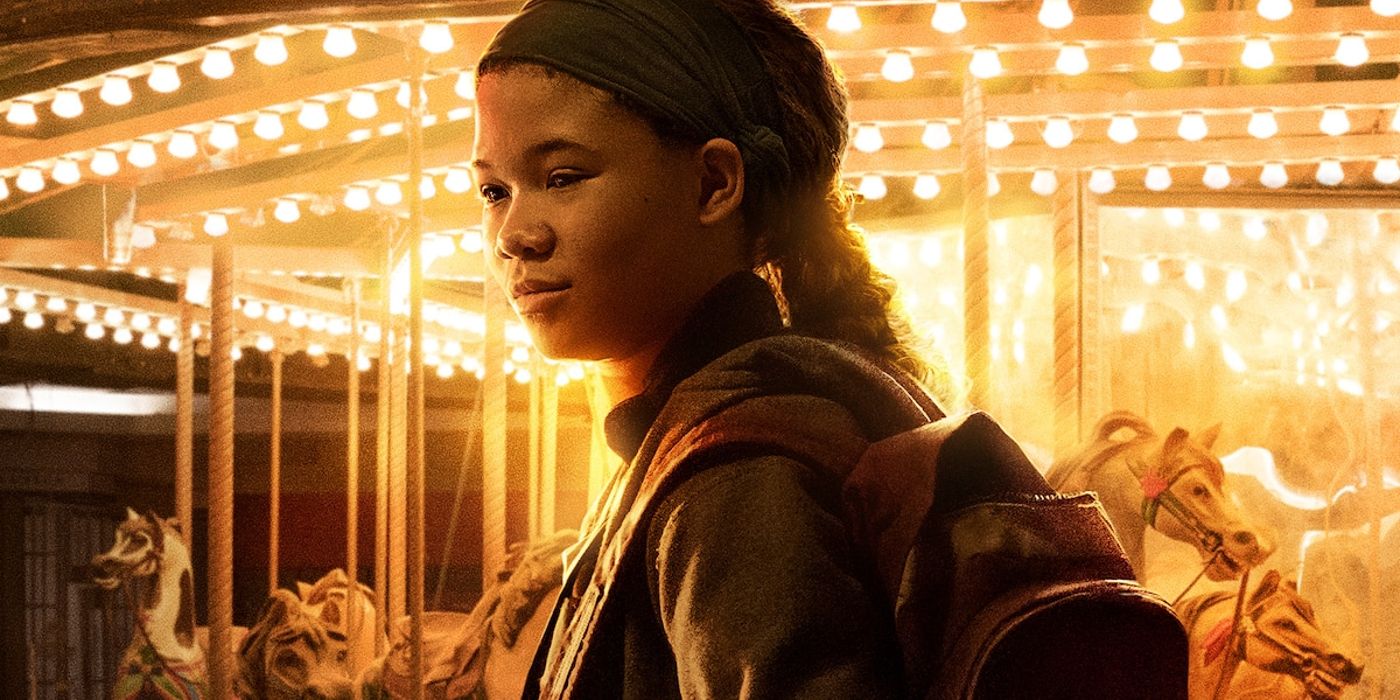
As Mazin discusses, the infection’s start in 2003 alters not just the way people live their lives, but the course of modern history within The Last of Us world. Gay marriage was not legalized in Massachusetts, where episode 7 takes place, until 2004. Beyond marriage rights, queerness was far less accepted, as society lacked “the revolution that we have gone through as a culture.” This adds another layer to the romantic tension of Ellie and Riley, and the push and pull they have to go through before the eventual, lip-locked admission of their feelings.
In the cases of both Riley and Ellie, and Bill and Frank, The Last of Us TV adaptation not only includes these game characters, but embraces and expands their love stories from what the game was able to do. In the game, Riley’s story was released as downloadable content (DLC) in the expansion The Last of Us: American Dreams. HBO’s The Last of Us takes advantage of the television format by being able to feature and expand on these stories.
The queer love stories in The Last of Us have ended in tragedy, but so do the majority of storylines in The Last of Us. Season 2 of The Last of Us may give another chance for the show to explore some of its LGBTQ+ romances in multi-episode arcs. Mazin and co-showrunner Neil Druckmann have already hinted that episode 6 may have featured a cameo from Dina, a female love interest of Ellie’s in The Last Of Us Part II. This gives hope that further queer representation in The Last of Us is still to come.
